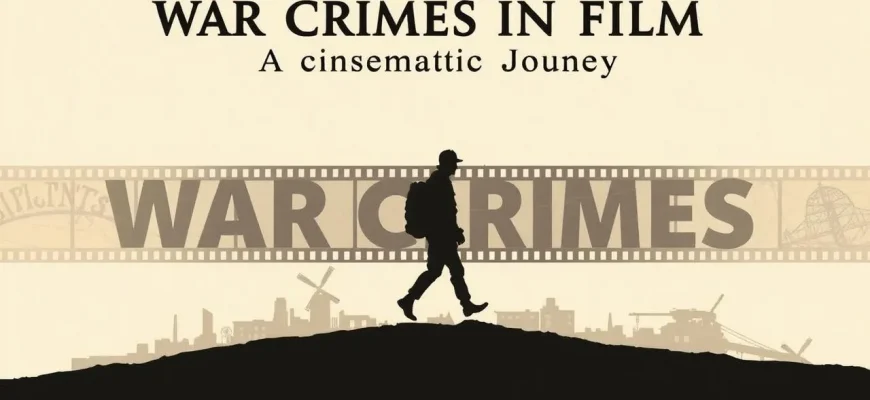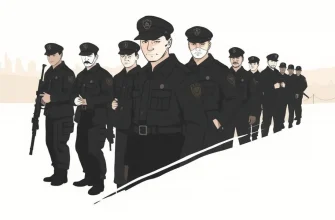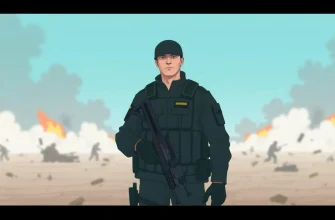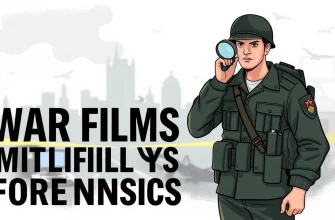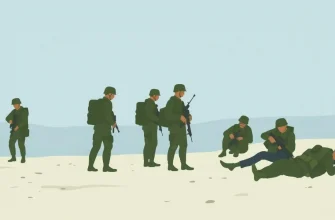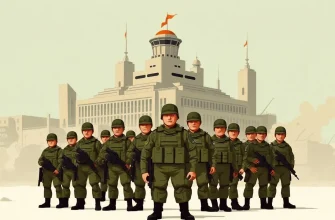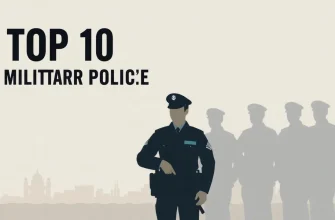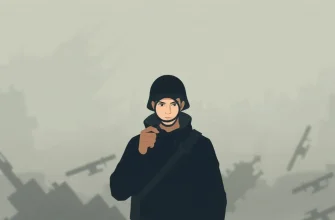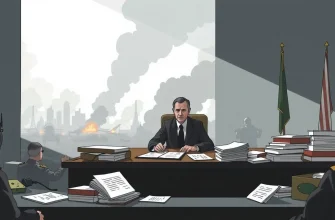War, in its most brutal form, often leads to unspeakable acts that challenge our humanity. This curated list of films shines a light on the grim reality of war crimes, offering not just entertainment but a profound reflection on the moral complexities of conflict. Each film in this collection provides a unique perspective on the atrocities committed during wartime, making it an essential watch for those who seek to understand the darker side of human nature in the context of war.
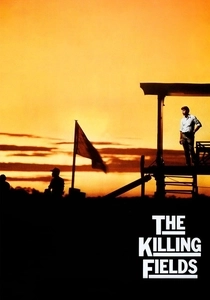
The Killing Fields (1984)
Description: Based on real events, this film explores the Cambodian genocide under the Khmer Rouge, focusing on the friendship between a Cambodian journalist and an American reporter, and the war crimes committed during this time.
Fact: The film was shot in Thailand and Cambodia, with some scenes filmed at the actual killing fields. Haing S. Ngor, who played Dith Pran, was himself a survivor of the Khmer Rouge regime.
 Watch Now
Watch Now 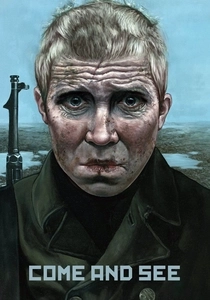
Come and See (1985)
Description: A Soviet film that portrays the atrocities committed by the Nazis in Belarus during WWII, focusing on the psychological impact of war crimes on a young boy.
Fact: The film uses real-life accounts from survivors to create an authentic portrayal of the horrors. It was banned in some countries due to its graphic content.
 Watch Now
Watch Now 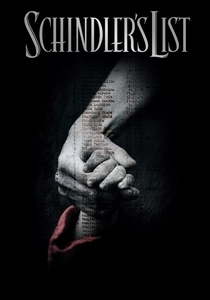
Schindler's List (1993)
Description: This Steven Spielberg masterpiece tells the story of Oskar Schindler, who saved over 1,000 Jewish refugees by employing them in his factories, highlighting the war crimes of the Holocaust.
Fact: The film was shot in black and white to give it a documentary feel. The girl in the red coat is one of the few splashes of color, symbolizing innocence amidst the horror.
 Watch Now
Watch Now 
The Pianist (2002)
Description: This film captures the harrowing experiences of Władysław Szpilman, a Polish-Jewish pianist who survived the Holocaust. It delves into the war crimes committed during WWII, focusing on the persecution of Jews.
Fact: The film was shot in Warsaw, with many scenes filmed in the actual locations where the events took place. Adrien Brody, who played Szpilman, lost 30 pounds for the role and learned to play the piano.
 Watch Now
Watch Now 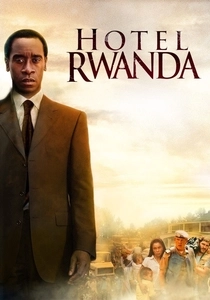
Hotel Rwanda (2004)
Description: Set during the Rwandan genocide, this film portrays the heroic efforts of Paul Rusesabagina to save lives while highlighting the international community's failure to intervene, showcasing the war crimes committed during this period.
Fact: The film was shot in South Africa due to the political instability in Rwanda at the time. Don Cheadle's performance earned him an Academy Award nomination for Best Actor.
 Watch Now
Watch Now 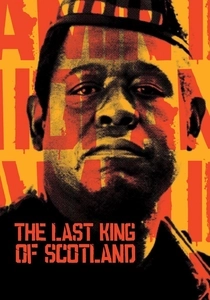
The Last King of Scotland (2006)
Description: This film portrays the brutal regime of Ugandan dictator Idi Amin, focusing on his relationship with a Scottish doctor, and the war crimes committed under his rule.
Fact: Forest Whitaker won an Academy Award for Best Actor for his portrayal of Idi Amin. The film was shot in Uganda, providing an authentic backdrop to the story.
 Watch Now
Watch Now 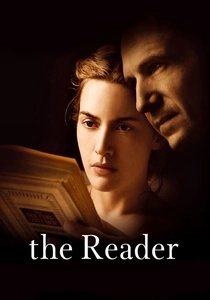
The Reader (2008)
Description: This film deals with the aftermath of WWII, exploring themes of guilt, responsibility, and the war crimes committed by ordinary people during the Holocaust.
Fact: Kate Winslet won an Academy Award for Best Actress for her role. The film was adapted from Bernhard Schlink's novel of the same name.
 Watch Now
Watch Now 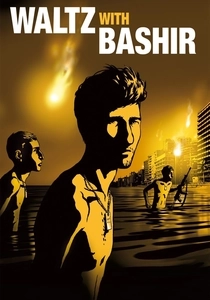
Waltz with Bashir (2008)
Description: This animated documentary explores the director's attempt to recall his experiences during the 1982 Lebanon War, focusing on the Sabra and Shatila massacre, a war crime committed with Israeli complicity.
Fact: It was the first animated film to be nominated for Best Foreign Language Film at the Oscars. The animation style was chosen to represent the fragmented memory of war.
 Watch Now
Watch Now 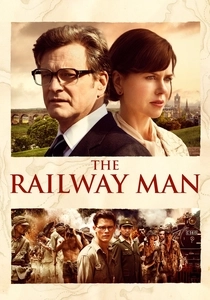
The Railway Man (2013)
Description: Based on the true story of Eric Lomax, a former British Army officer who was tortured by the Japanese during WWII, this film deals with themes of forgiveness and the lasting impact of war crimes.
Fact: Colin Firth and Nicole Kidman star in this poignant tale. The film was shot in various locations in Scotland and Thailand.
 Watch Now
Watch Now 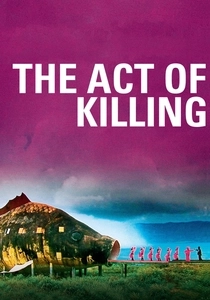
The Act of Killing (2012)
Description: A documentary where former Indonesian death squad leaders reenact their mass killings from the 1960s, providing a chilling insight into the minds of those who committed war crimes.
Fact: The film was banned in Indonesia but has won numerous international awards for its unique approach to documenting history.
 Watch Now
Watch Now 
